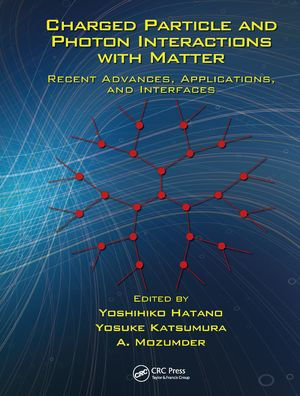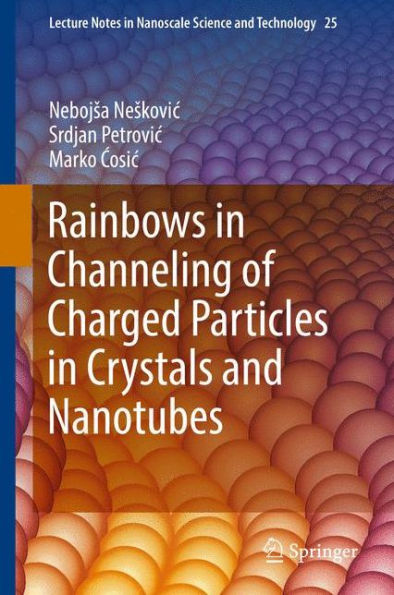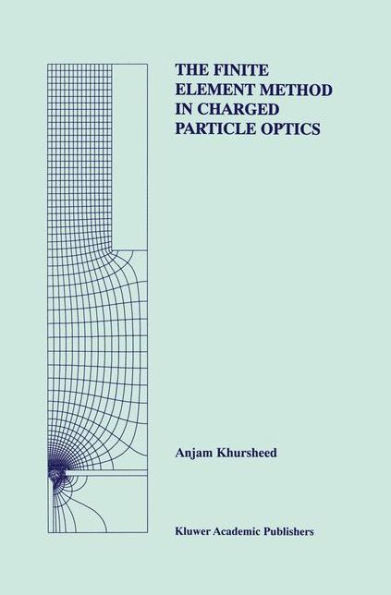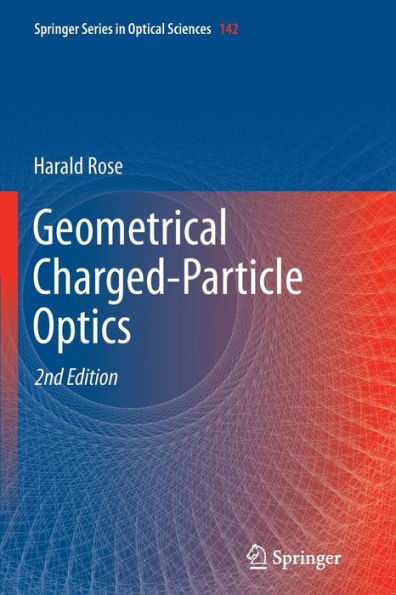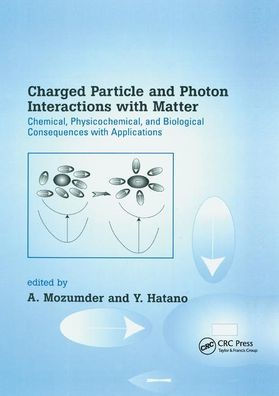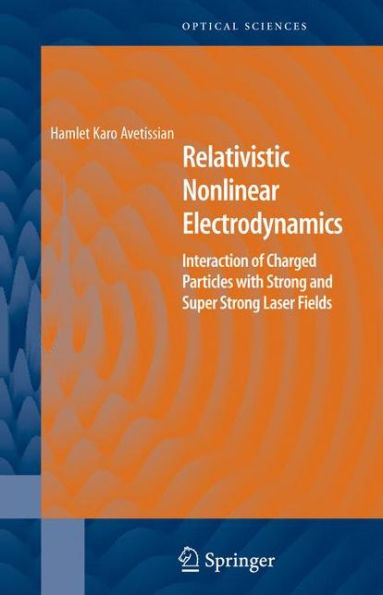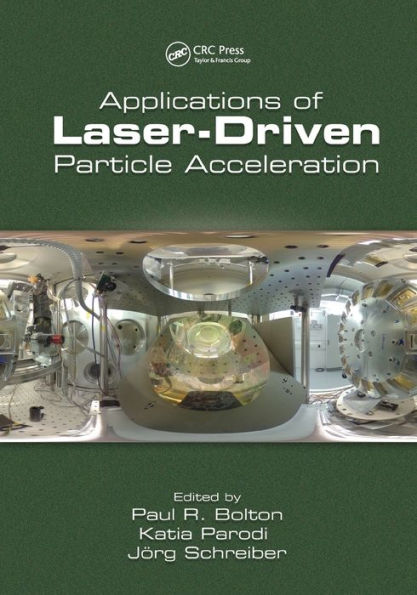Home
Charged Particle Traps II: Applications
Barnes and Noble
Charged Particle Traps II: Applications
Current price: $109.99
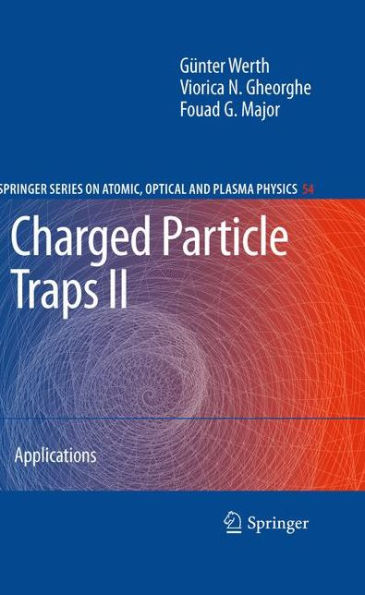

Barnes and Noble
Charged Particle Traps II: Applications
Current price: $109.99
Size: OS
Loading Inventory...
*Product information may vary - to confirm product availability, pricing, shipping and return information please contact Barnes and Noble
This second volume of the Charged Particle Traps deals with the rapidly expanding body of research exploiting the electromagnetic confinement of ions, whose principles and techniques were the subject of volume I. These applications include revolutionary advances in diverse fields, ranging from such practical fields as mass spectrometry, to the establishment of an ult- stable standard of frequency and the emergent field of quantum computing made possible by the observation of the quantum behavior of laser-cooled confinedions. Bothexperimentalandtheoreticalactivity intheseapplications has proliferated widely, and the number of diverse articles in the literature on its many facets has reached the point where it is useful to distill and organize the published work in a unified volume that defines the current status of the field. As explained in volume I, the technique of confining charged particles in suitable electromagnetic fields was initially conceived by W. Paul as a thr- dimensional version of his rf quadrupole mass filter. Its first application to rf spectroscopy on atomic ions was completed in H. G. Dehmelt’s laboratory where notable work was later done on the free electron using the Penning trap. The further exploitation of these devices has followed more or less - dependently along the two initial broad areas: mass spectrometry and high resolution spectroscopy. In volume I a detailed account is given of the theory of operation and experimental techniques of the various forms of Paul and Penning ion traps.

